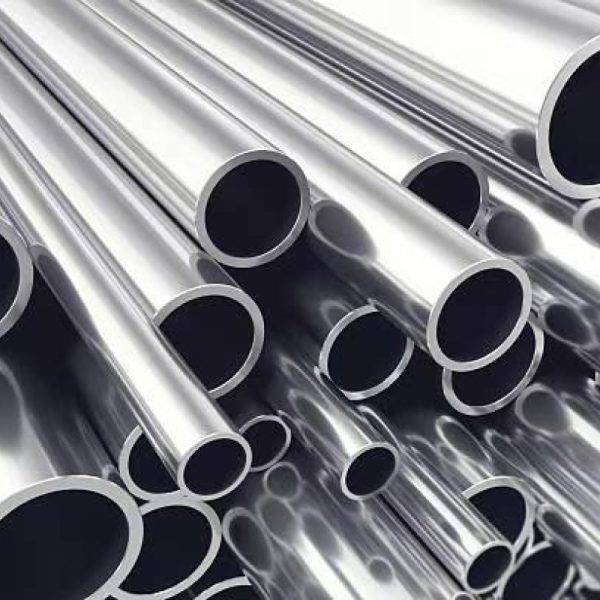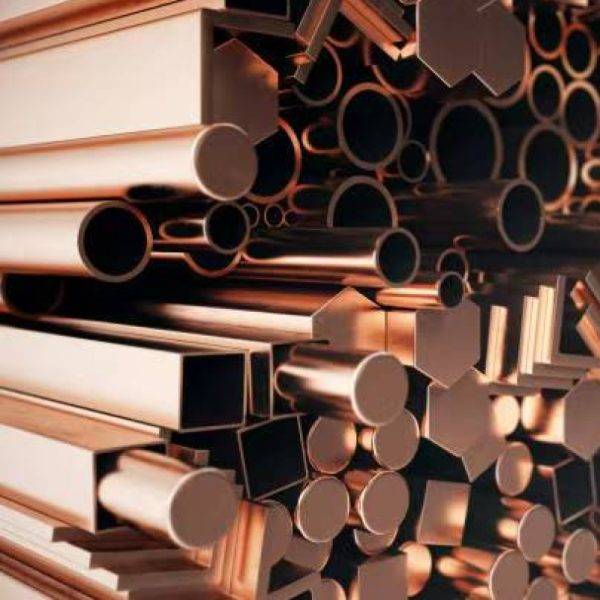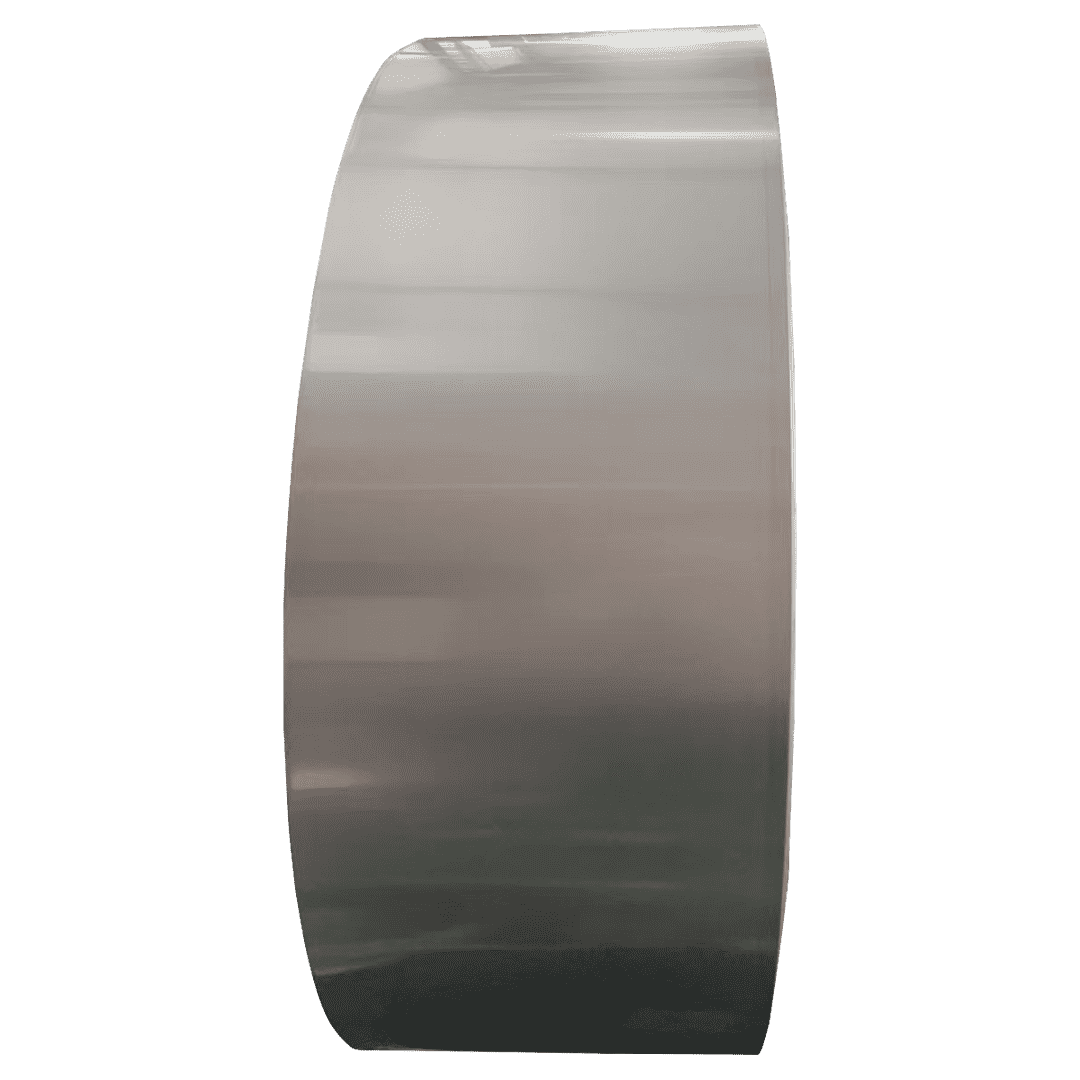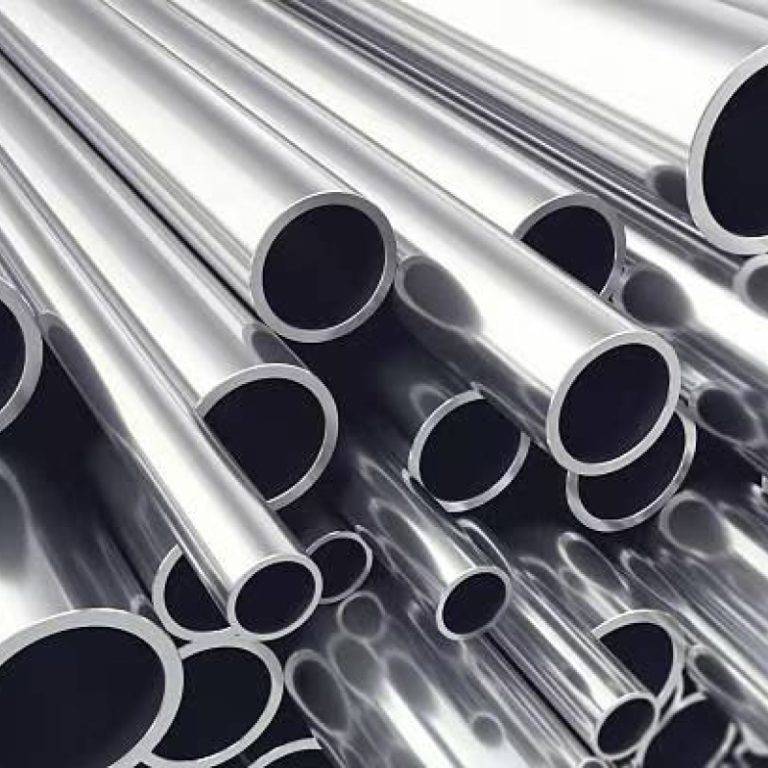Stainless Steel Strips
Stainless steel strips are steel materials based on ordinary carbon steel, with the addition of alloying elements (chromium content >11.5 wt%). They exhibit properties such as rust resistance, color retention, and corrosion resistance. Based on microstructure, they are classified into:
- Martensitic Stainless Steel
- Ferritic Stainless Steel
- Austenitic Stainless Steel (Most widely used)
- Duplex Stainless Steel
- Precipitation-Hardening Stainless Steel
Austenitic stainless steels 301 and 304 offer excellent corrosion resistance, oxidation resistance, and good formability.
Stainless Steel Strip Grades
SUS301; SUS304; SUS316L; SUS316; SUS631
Properties
High elasticity, superior corrosion resistance, and excellent formability.
Applications
Food/medical equipment, communication connectors, new energy battery components, etc.
Chemical Composition Tables
Table 1: Austenitic & Martensitic Grades
| Grade | C | Ni | Cr | Fe | S | P | Si | Mn | Mo |
| SUS301 | 0.15 | 6.0-8.0 | 16-18 | Bal. | ≤0.03 | ≤0.045 | ≤1.0 | ≤2.00 | – |
| SUS304 | 0.08 | 8.0-10.5 | 18-20 | Bal. | ≤0.03 | ≤0.045 | ≤1.0 | ≤2.00 | – |
| SUS316L | 0.03 | 12-15 | 18-20 | Bal. | ≤0.03 | ≤0.045 | ≤1.0 | ≤2.00 | 2-3 |
Table 2: Precipitation-Hardening & Ferritic Grades
| Grade | C | Ni | Cr | Fe | S | P | Si | Mn | Al |
| SUS631 | 0.09 | 6.5-7.75 | 16-18 | Bal. | ≤0.03 | ≤0.045 | ≤1.0 | ≤2.00 | 0.75-1.5 |
|





Reviews
Clear filtersThere are no reviews yet.